Opening Words
Honestly, when many people first hear about going to museums, their initial reaction is: "Oh no, not those old antiques again!" But after I show you these super cool design museums, I guarantee you'll change your mind. These museums are like the "Instagram-worthy hotspots" of the art world, each one breathtakingly beautiful!
New York Guggenheim
The Guggenheim Museum in New York is absolutely the top-tier in the art world! Its iconic spiral architecture is truly a dark horse in the architectural world, still catching countless eyes even among Manhattan's towering skyscrapers. The entire building looks like a giant white shell, gleaming in the sunlight.
The moment I first stepped into the Guggenheim, I was stunned. It felt like walking into a sci-fi movie, with spiral galleries extending upward circle by circle, making you want to keep climbing to discover more secrets. The whole visiting experience is like playing a carefully designed puzzle game, with new surprises waiting around every turn.
The art collection here is absolutely heavyweight. Picasso's works let you experience the artist's boundless imagination, Kandinsky's abstract paintings are full of musical rhythm, and Van Gogh's paintings make you feel like you can hear sunflowers swaying in the wind. Most amazingly, these works displayed in the spiral galleries give you a magical sense of space-time intersection.
Guggenheim has branches worldwide, with presence in Venice, Bilbao, and Abu Dhabi. Each branch has its own unique architectural style and exhibition themes, like artistic "avatars" forming a vast art empire. For example, the Bilbao branch, with its titanium shell reflecting dreamy light in the sunshine, is truly a temple of modern art.
I love the temporary exhibitions at the Guggenheim the most, each bringing different surprises. Sometimes it's immersive multimedia art exhibitions that make you feel like you're inside the artist's mind; sometimes it's avant-garde installations that challenge your traditional understanding of art. I remember once seeing an infinite space installation made with lights and mirrors, standing inside felt like floating in the galaxy.
The Guggenheim is not just a museum but an art experimental space. It often hosts various interactive art projects, turning visitors from passive audiences into part of artistic creation. For instance, I once participated in a sound art workshop where we created a unique symphony using various everyday objects, making art more accessible through such hands-on experiences.
The museum's café is also not to be missed. Drinking coffee there, watching natural light pour through the huge skylight in the central space, experiencing the artistic atmosphere, is truly one of life's great pleasures. Even the café's desserts are designed artistically, making eating cake an artistic experience.
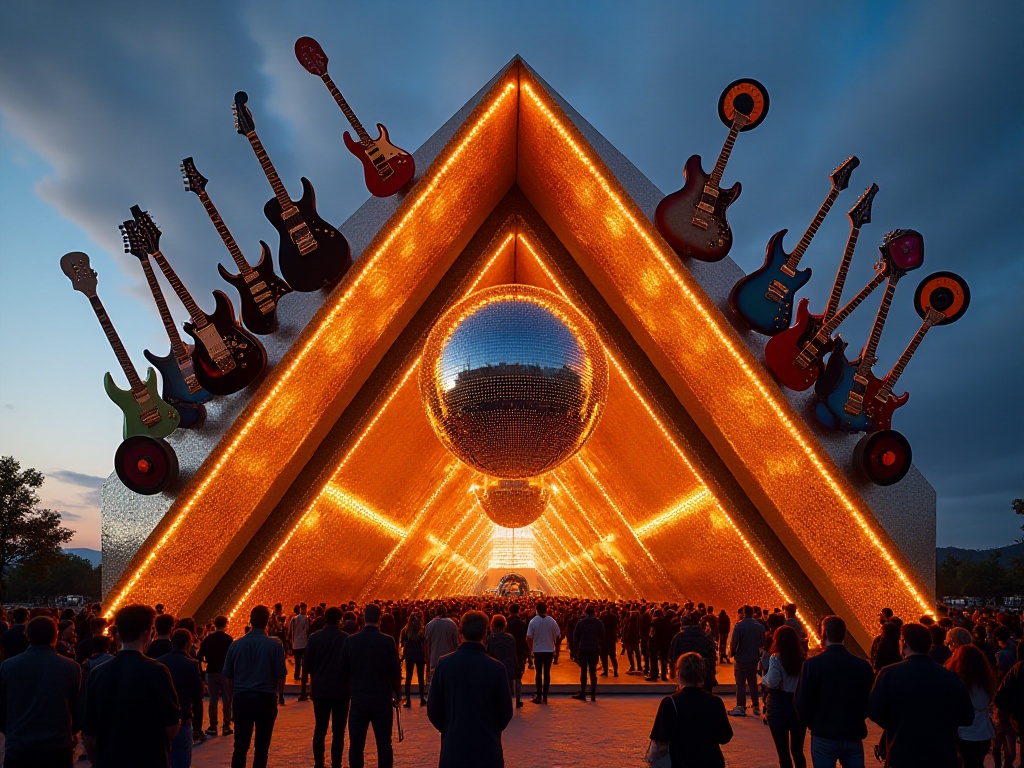
Israel's Design Holy Land
Speaking of the Design Museum Holon, it's truly a breath of fresh air in the architectural world! The museum's shape is amazing, like a huge metal ribbon dancing in the desert. Architect Ron Arad is truly a genius, perfectly blending modern architecture with the natural environment.
The entire building uses unique curved designs, creating different light and shadow effects in the sunlight, making it a visual feast. Moreover, the building looks different from every angle, like an artwork that changes as you move. The outer wall uses specially treated steel plates that don't produce glaring reflections in the strong desert light, but instead show a soft metallic luster.
The exhibitions inside the museum are equally stunning. I remember Marten Baas's "Hide and Seek" exhibition, which allowed visitors to experience the fascinating relationship between design and space through a series of interactive installations. The exhibits can not only be viewed but also touched and experienced, making design more accessible. Each gallery is carefully designed, with perfect lighting and spatial layout, allowing exhibits to be presented to audiences in their most perfect state.
Here they don't just show finished products but also display the design process. From initial inspiration sketches to final products, allowing people to deeply understand designers' thinking processes. They sometimes hold design workshops, letting visitors experience the joy of design firsthand. I participated in a lamp design workshop where I created a unique table lamp using simple materials.
The museum particularly emphasizes collaboration with local designers. They often hold exhibitions of Israeli designers' works, showcasing local design talent. These exhibitions often reflect Israel's unique cultural characteristics, such as how to create comfortable living spaces in desert environments, or how to combine traditional crafts with modern design.
The most delightful part is the museum's design store, selling carefully selected design products ranging from daily items to artworks. Each product is strictly screened to ensure it meets the museum's design philosophy. I bought a super cool table lamp there that's still a highlight of my room.
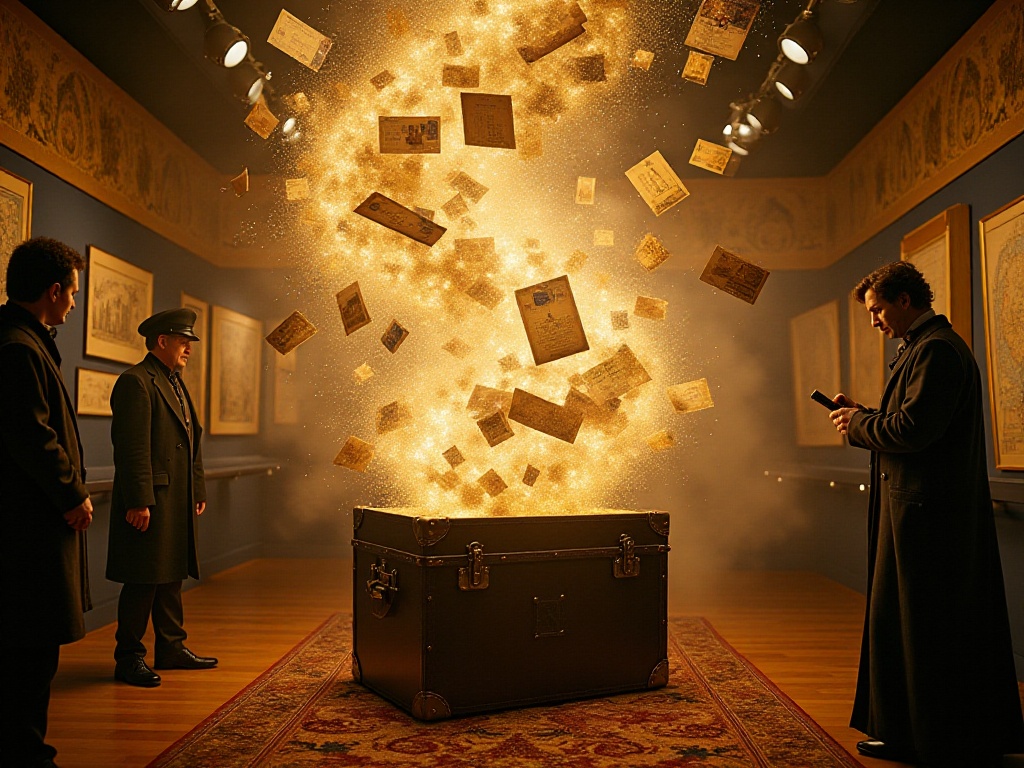
Tokyo's Architectural Code
Archi-Depot is absolutely an architecture enthusiast's paradise! This museum's concept is so innovative, it's like a huge architectural model library. The entire space adopts a minimalist industrial style design, using lots of concrete and metal materials, creating a very futuristic atmosphere.
The most unique aspect of the museum is its collection method. It houses a large number of architectural models, displayed and stored like a library. Each model is placed in a transparent display case with detailed information, including the architect, design year, building location, and other information. This display method makes you feel like you're browsing through a huge architectural encyclopedia.
These models include not only completed buildings but also many unrealized concept designs. Through these models, we can see architects' boundless imagination. Some designs may never be built, but their creativity and thoughts about the future remain fascinating.
The museum regularly holds themed exhibitions, such as focusing on specific architects or architectural schools. These exhibitions not only show models but also use multimedia methods to display architectural development processes and construction details. Sometimes architects are invited to give lectures, sharing their design concepts and creative experiences.
The most interesting part is the museum's interactive area. It provides simple architectural model-making materials, allowing visitors to try making their own architectural models. Through hands-on creation, one can better understand basic architectural design principles. I spent several afternoons here, and although the models I made might not be professional, the joy of hands-on creation is irreplaceable.
The museum also has an area specifically showcasing construction technology, displaying Japan's exquisite building craftsmanship through various models and videos. From traditional wooden structures to modern high-tech building materials, it lets people deeply understand how architecture transforms from drawings to reality. This part of the exhibition is especially popular among engineers and architecture students.
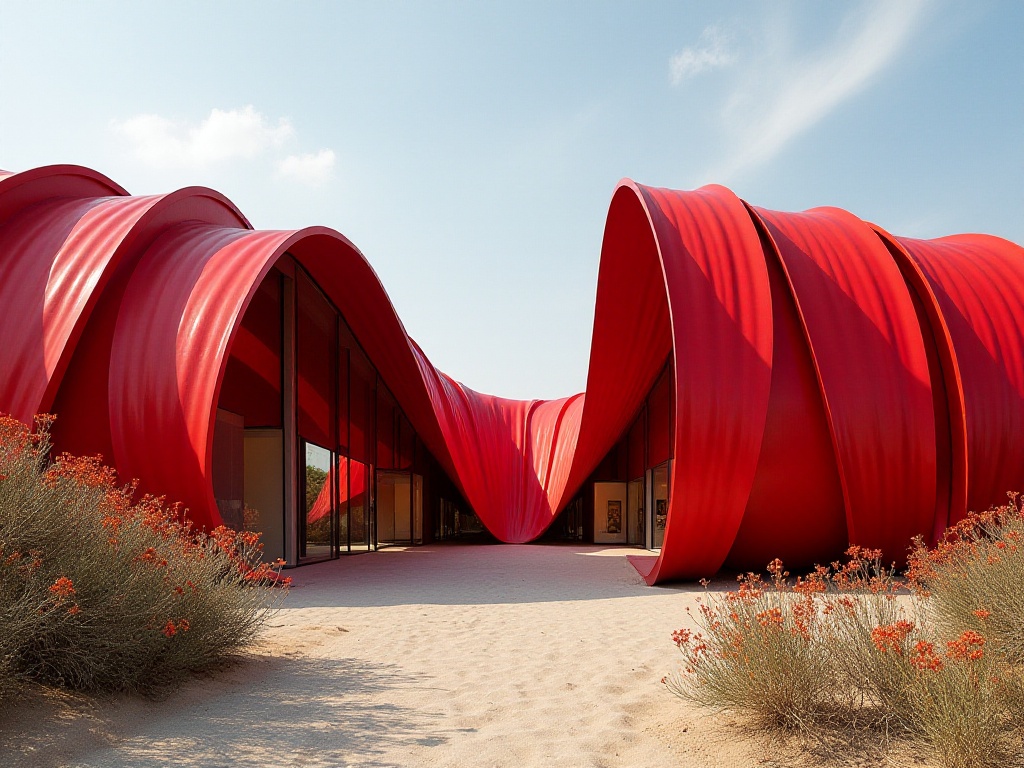
Denmark's Musical Memories
The Ragnarock Museum is absolutely a paradise for music lovers! This pop art-style museum not only displays music history but is also an excellent place to explore how music influences society and culture. The museum's appearance itself is interesting, full of rock and roll elements from the 60s and 70s, with colorful walls that instantly lift your mood.
The museum's interior exhibitions are divided into multiple themed areas, each with its unique atmosphere. From earliest folk music to modern electronic music, from traditional instruments to digital music production equipment, it has everything. The best part is that many exhibits are interactive. You can try playing guitar, drums, and even record your own music in a professional recording studio.
The museum houses a large collection of precious musical materials, including famous musicians' manuscripts, original recording tapes, performance costumes, and more. Through these physical objects, we can deeply understand the history of musical development. For example, one exhibition area specifically shows the development of Danish rock music, from early underground music scenes to later mainstream culture, showing the close relationship between music and social change.
The museum regularly holds live concerts and workshops, inviting musicians to share their creative experiences and playing techniques. I participated in an electronic music production workshop where I learned to use simple equipment to make electronic music, making music creation more accessible through such hands-on experience.
The most distinctive feature is the museum's "Music and Social Movements" exhibition area, showing how music has influenced political movements and social change. Through numerous historical photographs, video materials, and physical exhibits, it helps people deeply understand music's social influence. From anti-war songs to environmental-themed music, music has always been an important medium for expressing social demands.
The museum also has a dedicated music library, housing a large collection of music books, magazines, and records. You can wear headphones here and listen to precious vinyl records, experiencing different periods' musical styles. The library environment is very comfortable, and music enthusiasts often spend entire afternoons here.
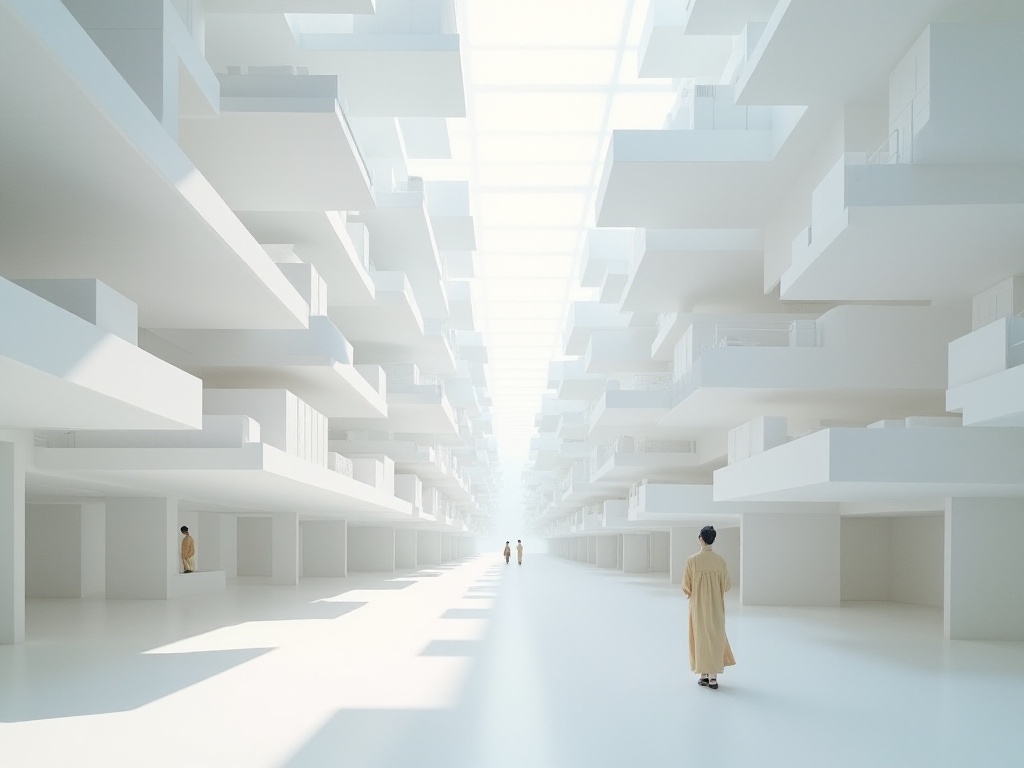
London's Travel Time
The London Travel Items Museum is absolutely one of the most interesting museums! This isn't a traditional museum, but a magical space telling travel stories. The museum's layout is like a global journey, with each exhibition hall representing different regions and cultures.
The collection here consists of everyday items from around the world, from vintage suitcases to modern travel equipment, from various countries' souvenirs to travelers' personal items. Each exhibit has an interesting story behind it, letting people experience the unique experiences travel brings. For example, one exhibition area specifically shows passports and ship tickets from different periods, allowing understanding of how travel methods have evolved.
The most attractive aspect of the museum is its interactivity. Many exhibits can be touched and used, allowing visitors to personally experience travel feelings from different periods. One area recreates an early 20th-century train compartment where you can sit and experience that era's travel atmosphere. Another area shows the evolution of various travel essentials, from earliest compasses to modern GPS navigation, showing technology's impact on travel methods.
The most interesting part of the exhibition is the "Travelers' Stories" area, displaying personal items and travel diaries from travelers worldwide. Through these real stories, we can understand how people from different cultural backgrounds view and experience travel. Some stories are touching, some full of adventure spirit, each story providing different inspiration.
The museum regularly holds themed exhibitions, such as "Silk Road Travel History" or "Polar Expedition Equipment Exhibition." These exhibitions not only display items but also recreate historical scenes through multimedia means, making visitors feel like they're there. I particularly like their "World Food Journey" exhibition, which shows different cultures' dietary characteristics through various utensils and food packaging.
The most special part is the museum's "Travel Laboratory," which provides various travel-related experience activities. For example, you can learn how to pack luggage efficiently, how to survive in different environments, and even experience transportation methods from different periods. I learned some practical travel tips here, such as how to store the most items in limited space.
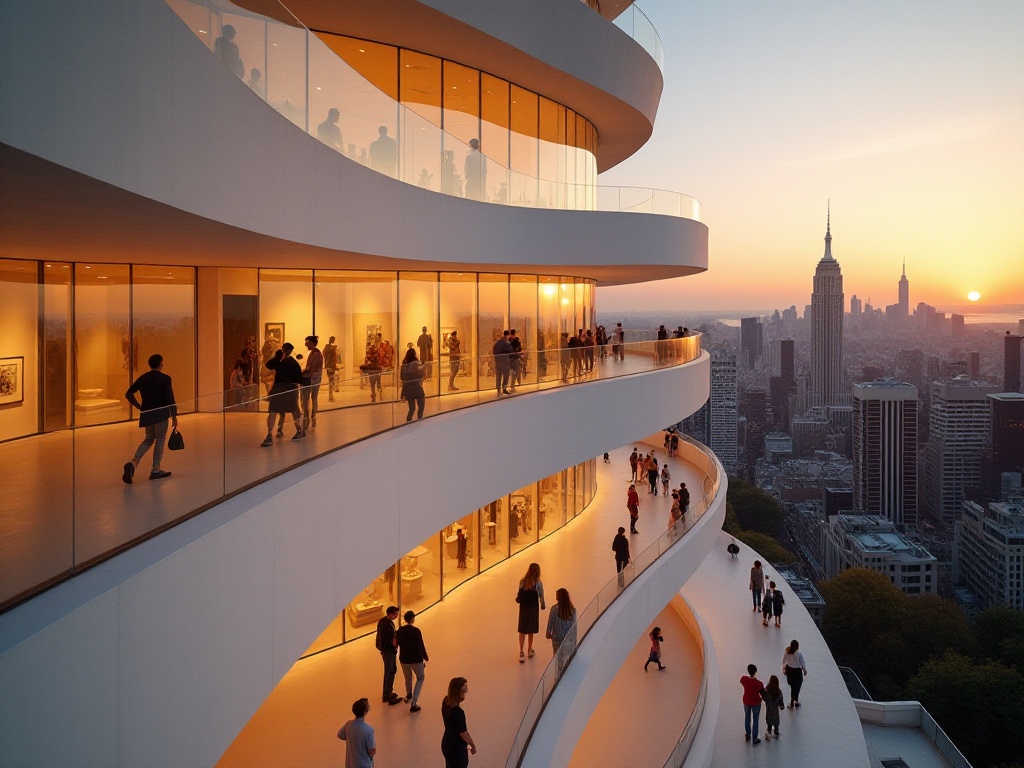
Conclusion and Reflection
These museums have truly overturned my traditional understanding of museums. They are no longer dull, aloof cultural venues, but vibrant and creative art spaces. Each museum has its own unique charm and tells stories of human civilization in different ways.
Now many museums have joined alliances like the Museum Travel Alliance, making museums more open and diverse through such cross-institutional cooperation. Through this cooperation, museums can exchange exhibits and hold joint exhibitions, bringing richer cultural experiences to audiences.
The process of visiting these museums is like a spiritual adventure. Each visit brings new surprises, and each departure carries full of insights. These museums not only preserve human wisdom and creativity but also inspire our imagination for the future.
So, next time when you're planning a trip, consider adding these cool museums to your itinerary. You'll find that museum visits are far more interesting than imagined. Each visit is a journey of the soul, allowing us to gain deeper understanding and insights about life and the world while appreciating art.


